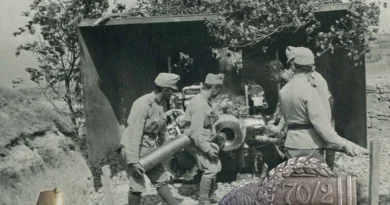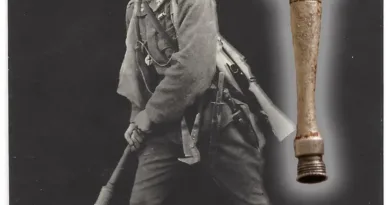Albatros D III fighter aircraft
As the war progressed, air force also underwent great development. Compared to previous years, single-seater fighters, designed by 1916 to combat enemy aircraft, also appeared in greater numbers in the sky. In addition to the French and English, German engineers from the Central Powers played a key role in this. The Albatros D III was one of the largest-numbered German fighter jets. It was developed using design innovations of French fighters. The biggest innovation was that in the double-wing design, the surface of the upper wing was increased, the lower one was reduced, thereby reducing air resistance, improving aircraft performance and, last but not least, increasing the pilot’s view from the pilot seat.

Manufacturing rights for this type were also soon acquired by the Monarchy. Production began in Wiener Neustadt within a year of German series production. This type appeared in the flight companies from May 1917. Production of the type was terminated in Germany by 1918. It was produced in the Monarchy until the end of the war and a total of 526 pieces was produced. On the machines manufactured here, further improvements were made to the wings and the propeller cone, which improved the performance of the machine. Higher-performance Austro-Daimler engines were fitted into the aircraft, which also increased flight speed. The weaponry included two 8mm Schwarzlose machine guns. The aircraft enjoyed great popularity among the pilots of the Monarchy.

Among the cap badges, there are very few that depict a particular type of machine. Even among these, most show more experimental, unique machines from the time prior to the Great War. The only exception is the Hansa Brandenburg C I, which I wrote about earlier here. Therefore, for this post, I rather uploaded a rare and very nice cap badge from a squadron of flying squadron.




